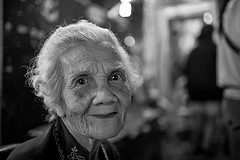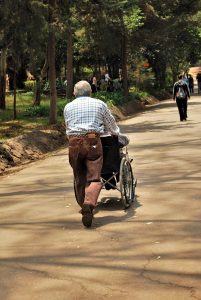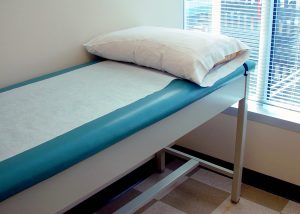 How broad is the term nursing home neglect? For instance, when a senior has a problem with drug or alcohol abuse and lives in a nursing home or an assisted-living facility in Southern California, does the facility have a duty to prevent the senior from obtaining potentially harmful substances? And if the facility knows about a history of drug or alcohol abuse and does not take precautions to limit a senior resident’s access to alcohol or prescription drugs, can the nursing home be responsible for injuries that occur? According to a fact sheet from the National Council on Alcoholism and Drug Dependence (NCADD), it can be difficult to recognize signs and symptoms of substance abuse among older adults.
How broad is the term nursing home neglect? For instance, when a senior has a problem with drug or alcohol abuse and lives in a nursing home or an assisted-living facility in Southern California, does the facility have a duty to prevent the senior from obtaining potentially harmful substances? And if the facility knows about a history of drug or alcohol abuse and does not take precautions to limit a senior resident’s access to alcohol or prescription drugs, can the nursing home be responsible for injuries that occur? According to a fact sheet from the National Council on Alcoholism and Drug Dependence (NCADD), it can be difficult to recognize signs and symptoms of substance abuse among older adults.
Should we be able to expect that facilities will look into signs and symptoms of substance abuse among elderly residents? And if a facility in San Diego already knows that one of its residents has a history of drug or alcohol abuse, what must it do differently in other to avoid allegations of nursing home negligence?
Difficulty Identifying Senior Residents with Substance Abuse Problems
 Southern California Nursing Home Abuse Lawyer Blog
Southern California Nursing Home Abuse Lawyer Blog

















